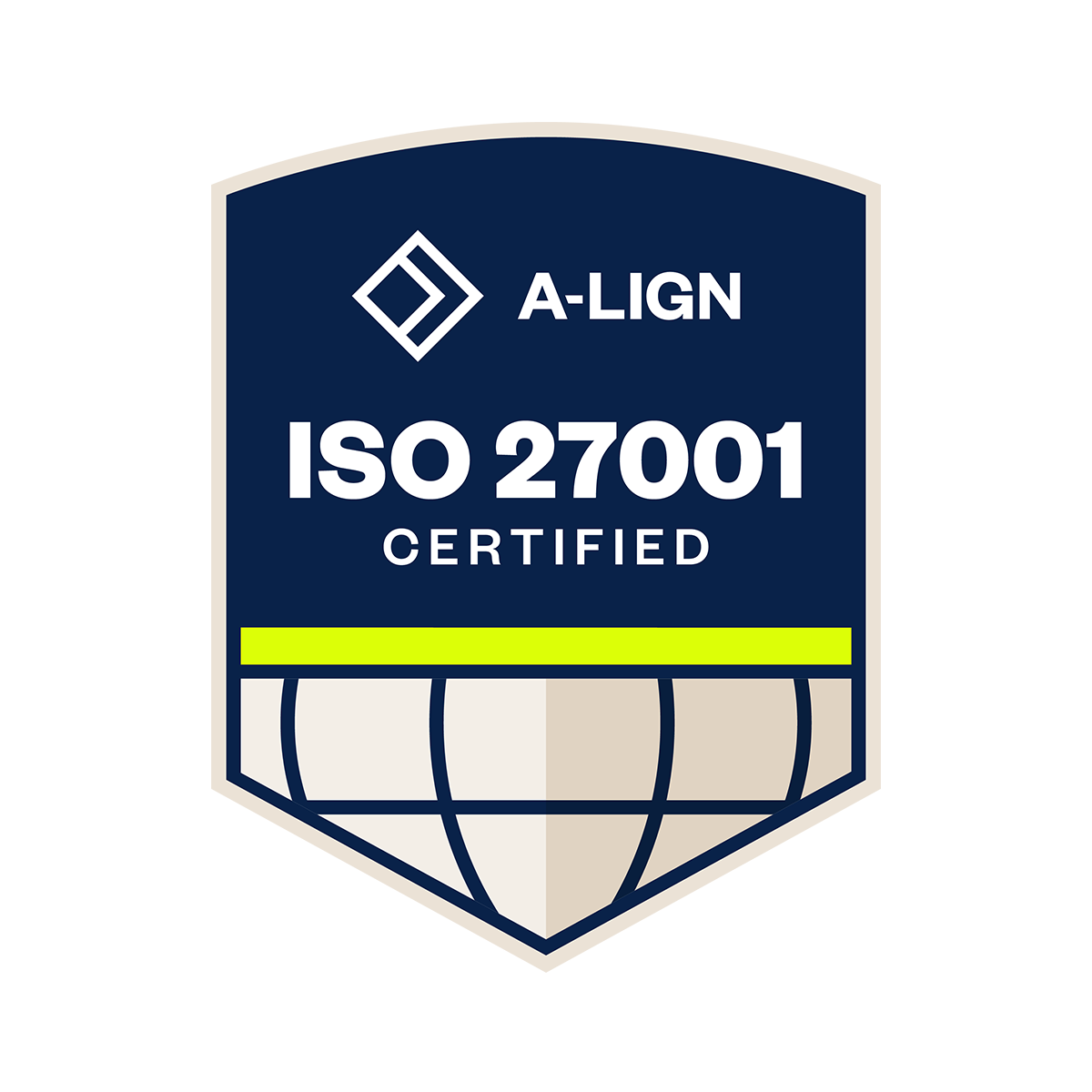After responding to a disaster, organizations have to do the work to return to functionality. COOP, or continuity of operations plans, cover the messy ground between direct, active response and full recovery.
COOP acts as the underpinning of all other operations, documenting the people, places, and things necessary to keep an organization going. Let’s take a look at what COOP is, what it does, and how a strong program shapes out.
COOP: Capturing Essential Information
COOP covers the essential functions that help your organization continue to be operational during and directly following an emergency. A well-constructed COOP takes into account the hidden essential work powering an organization and makes it visible: where personnel work, who they are, and what tools they use.
What is more important, however, is the library-like role COOP plays in an organization. Institutional knowledge keeps organizations up and running and can easily remain hidden. COOPs ease out this institutional knowledge, proving that more tools and people are essential to your organization’s functions than one might anticipate.
Historically, COOPs have been pen and paper builds housed in large binders. This old concrete system could inject difficulty into an emergency; forms and documents could be lost and data siloed with specific and possibly unavailable individuals.
Preparedness Starting Lineup
If you read through the descriptions above and got a sense of familiarity, that might be due to the similarities between COOPs and BCPs (Business Continuity Plans).
While COOP and BCP may wear the same jersey, they play distinct, separate roles on the field. Continuing the illustration, all fielders on a baseball diamond can field a ground ball, throw a ball, and catch a ball. Each respective position, however, requires heavier allocations in certain defensive skills; first basemen excel in catching throws, outfielders track and catch fly balls over larger distances, and third basemen require quick hands and strong throwing arms.
COOPs, as discussed, focus on essential functions, delegations of authority, orders of succession, along with the underlying tools, templates and people needed to return to normal. BCPs focus on the business, funds, return on investment, and efficiency, and are more often geared towards the private sector. While BCPs do cover work that is done, COOPs focus on how that work happens and the systems that make that work possible.
A Robust COOP
Creating and maintaining a COOP is an ongoing process. You have to constantly account for changing conditions and changeover of personnel and, from that, institutional knowledge.
A plan maintenance cycle keeps a COOP healthy and effective. And because the building process is collaborative and asks every stakeholder to contribute, the plan maintenance cycle should be open and simple for stakeholders to navigate.
COOPs also have to take into account guidelines and requirements including CGC, CPG 101, and NIMS. Compliance with these standards keeps grant funding coming in, so it is important to bake documentation into the process. In a digital platform such as Veoci’s COOP solution, everything is organized and accounted for so that no paperwork is lost, proving your organization’s eligibility to receive funds.
Veoci’s solution is a great option for COOP, as it accounts for the people, places, and tools involved in everyday work. This is baked into Veoci’s DNA through Workflows which cover how things get done and to whom they are assigned. With mapping capabilities, you can visualize primary and alternate facilities during an emergency. You can also check in via mobile notifications to see who is available during a recovery. Veoci’s COOP solution also includes limited permissioning so only those who should have access to data have access to it. Lastly, it integrates with other programs like HR platforms, time tracking, and asset management databases to make transitioning to a new software easier.
Veoci’s COOP solution consolidates all relevant information into an easy to access dashboard, with subsections that cover essential functions, delegations of authority, primary and alternate facilities — anything that might come up as an organization works to get back to functionality. With instructions and straightforward forms, it’s easy for the appropriate parties to access what they need, and for anyone to fill out the correct documents. They can access maps that visualize interdependencies to see what may occur and what facilities will be impacted. Additionally, Veoci offers after action reports (AAR) and exercises on the platform, making it easy to run tests of existing processes and see what works and what needs to be worked on.
Org-wide Effort
COOP is an all-hands approach to bolstering an organization’s preparedness. A successful program works when every stakeholder contributes in a way that allows a program manager to adequately prepare for disruptions. Ingraining this understanding into the COOP building process will make an organization ready to tackle disruptions and get operations back on track.








